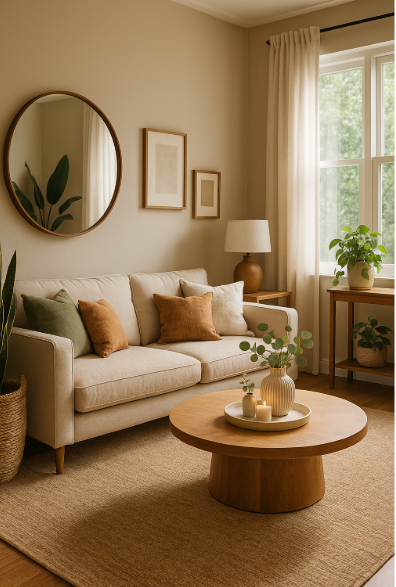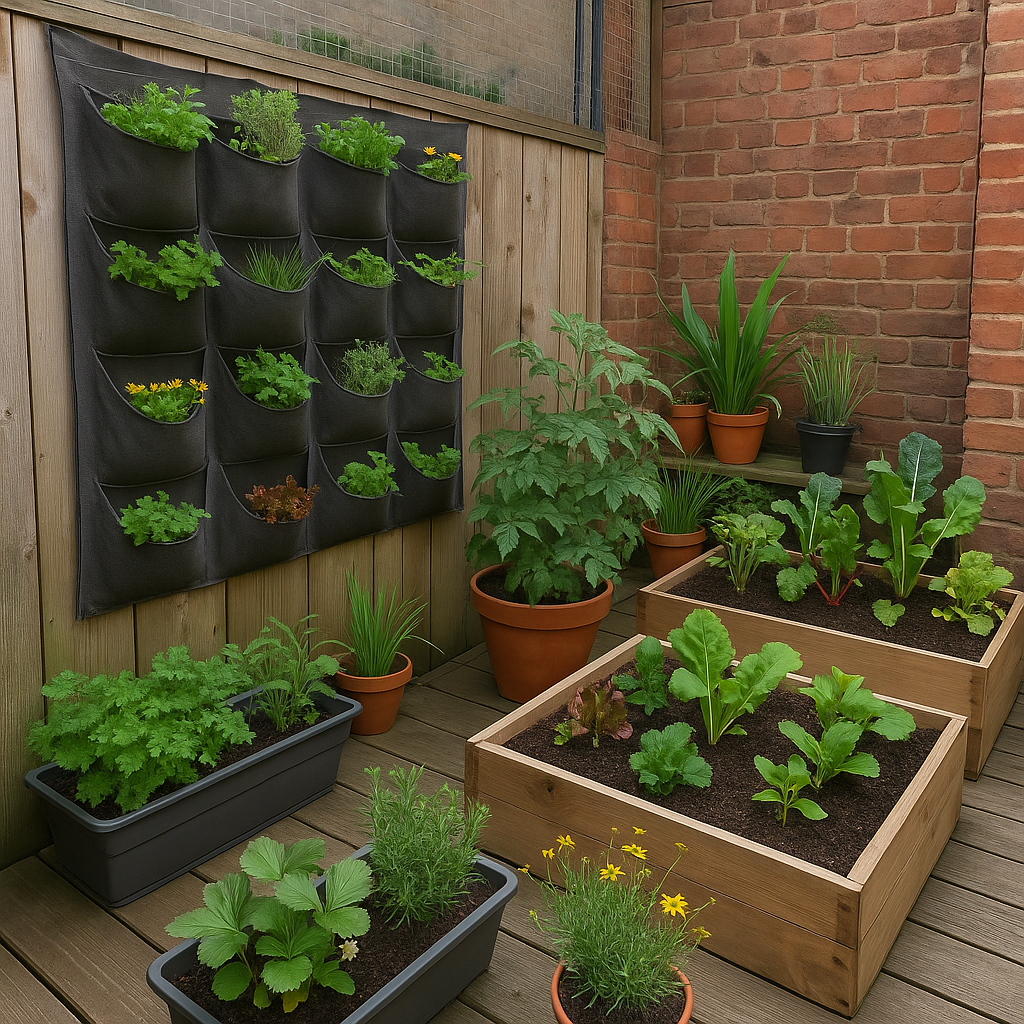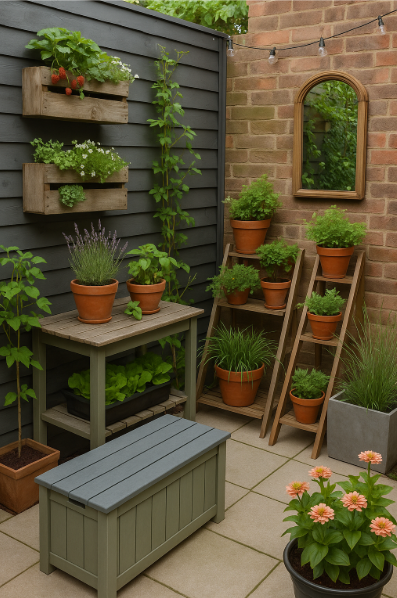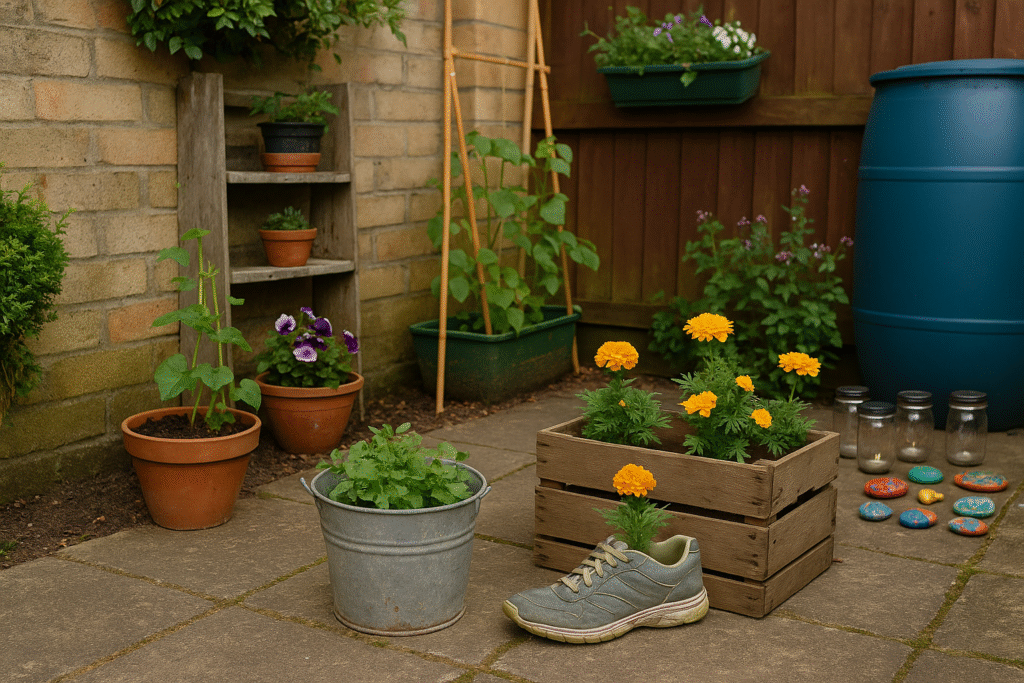The Power of Less: Embracing Minimalist Interior Design for a Calmer Home
In a world saturated with noise, clutter, and overstimulation, minimalist…
In a world saturated with noise, clutter, and overstimulation, minimalist interior design offers a quiet revolution—one that begins within your walls. But minimalism is far more than clean lines and neutral colors. It’s a lifestyle, an intentional design philosophy grounded in psychology, sustainability, and serenity.
What Is Minimalist Interior Design?
Minimalist interior design is the art of simplifying a space without sacrificing style or comfort. Inspired by Japanese Zen principles and Scandinavian functionality, it emphasizes clarity, clean forms, natural light, and purposeful decoration.
Scientifically speaking, studies in environmental psychology suggest that clutter can increase cortisol levels, the body’s primary stress hormone. Minimalism, by reducing visual distractions, contributes to a calmer mental state and increased cognitive clarity.
“Minimalist spaces allow the brain to rest, reset, and focus,” says Dr. Carla Benson, a neuroarchitectural researcher. “They create a kind of visual breathing room, which can have profound emotional effects.”
Key Elements of Minimalist Design
- Neutral Color Palettes
Whites, beiges, greys, and soft earth tones dominate minimalist interiors, creating a tranquil and timeless feel. - Functional Furniture
Every piece should serve a purpose. Think sleek sofas, low-profile storage, and smart, space-saving solutions. - Negative Space
Empty space isn’t wasted space. In minimalism, it’s a design tool used to highlight what truly matters. - Natural Materials
Wood, linen, stone, and wool bring warmth and texture without overwhelming the senses. - Hidden Storage
Concealed cabinetry and clever storage solutions help maintain the uncluttered look.
Benefits of Minimalist Interiors
- Mental Clarity: Less visual chaos leads to better focus and relaxation.
- Easy Maintenance: Fewer items = less cleaning.
- Eco-Friendly: A “buy less but better” philosophy supports sustainability.
- Timeless Aesthetic: Minimalist design never goes out of style.
Common Mistakes to Avoid
- Being too cold or sterile: Add softness with rugs, textured throws, or indoor plants.
- Confusing minimalism with emptiness: It’s about thoughtful curation, not deprivation.
- Ignoring personality: Even in a minimalist home, personal expression is essential—through artwork, heirlooms, or books.
Minimalism in Small Spaces
Minimalist design is a lifesaver for tiny apartments or studios. It maximizes space and reduces the “boxed-in” feeling. Consider using multi-functional furniture like a storage bench or foldable desk.
Expert Tip: How to Start
Start with one room. Declutter first. Then repaint with a neutral shade, remove excessive décor, and invest in one quality focal piece (a chair, a pendant lamp, or a unique artwork).
“Minimalism doesn’t mean you lack something—it means you’ve made space for everything that matters,” says interior stylist Lena Rüberg.
Final Thoughts
Minimalist interior design isn’t about austerity—it’s about intention. It’s not a cold, empty room; it’s a space that breathes with you. In embracing minimalism, you create not just a beautiful home, but a sanctuary for your mind and soul.





